 After the work at Koeberg Private Nature Reserve we headed north to Mark and Carol Duckitt's private reserve. They have done an excellent job of restoring and maintaining the West Coast fynbos biome. It's a beautiful reserve.
After the work at Koeberg Private Nature Reserve we headed north to Mark and Carol Duckitt's private reserve. They have done an excellent job of restoring and maintaining the West Coast fynbos biome. It's a beautiful reserve.I last visited the reserve in 2002 and had collected a couple of populations of the west coast variety of Hyobanche sanguinea. The plants were past flowering, but we were able to find some of the spent inflorescences with the help of Carol, who had been up to the sight just a day or so previously.
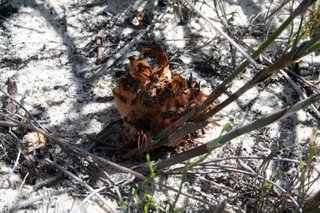
Again, this is not what the plant typically looks like, but it's good enough for collecting host root tissue.

Here are some of the surrounding shrubs - all potential host plants.
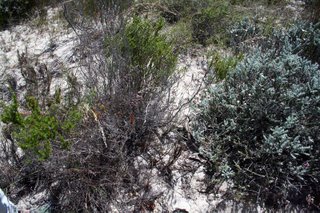
More potential hosts.

And, surprise, another excavation hole.


You can get an idea of what I'm looking for in these excavations. I want to find the rhizomes that have a lot of host roots attached.

This is a big score! I can get a lot of DNA out of this root tissue.
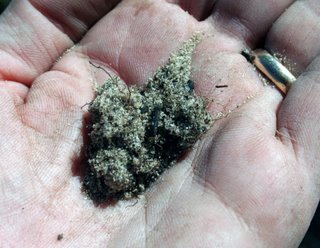
One of the hypotheses I've developed over the past few field seasons is that Hyobanche may play a role in nutrient cycling. It seems as if the old rhizomes decay in place and provide nitrogen to the ecosystem. Given how fleshy the rhizomes are, I think it's probably a significant contribution to the system.

The other idea I've developed is that ants are closely associated with Hyobanche. I've found nests in the inflorescences. I think these serve as a nursery for a full-blown colony that develops from the infected inflorescence. In the excavation holes next to many of the Hyobanches are these small ant colonies. I wonder if the ants add material to the inflorescence to make this hard colony.

I wanted to see what the inside looked like. The colony is constructed from many chambers full of larvae and pupae. There were several different sizes of ants -probably the different castes of the colony. I don't know much about ant biology, but I'm really curious about the relationship between these organisms (parasitic plant and ant).
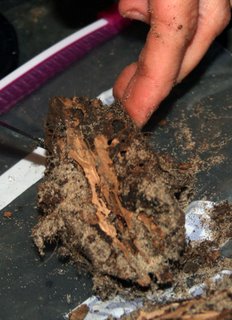
Heres the section I cut. It looks like that central rachis may have been the Hyobanche stem, but I'm not really sure about this as of yet. I need to do a serious ecological study at a site where I can be there throughout the entire growing season.
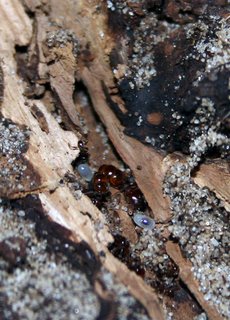
Here's a close-up of the ants in the colony.
Ok, last little bit about the Rondeberg Private Nature Reserve. Carol and Mark have a wonderful conservation center for visitors.
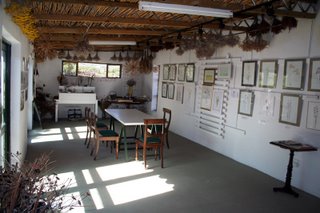
This is a classroom,

and this is the Rondeberg herbarium where each of the species on the reserve is documented.
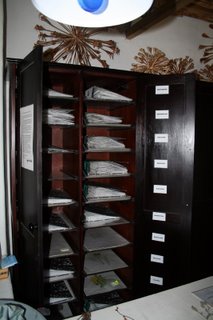
Here's part of the collection. The cabinets are very impressive. Thanks, Carol and Mark, for letting me study Hyobanche on your private nature reserve!




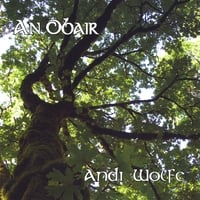
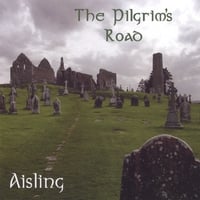





2 comments:
what are those wonderful objects ontop of the cabinets???
e
e - Those are the inflorescences of a plant that's either in the lily or amarillis family. I can't remember what family it's now in or the name of the genus. The flower heads are like tumbleweeds and disburse the seeds as the wind blows them around.
Post a Comment